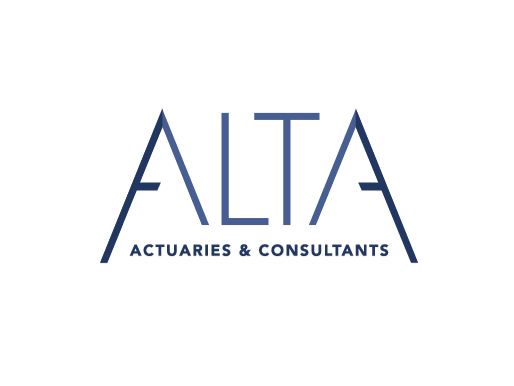A unique opportunity to transform pension strategy in the Netherlands
- @AltaActuaries

- Jul 13, 2021
- 3 min read
In our previous blog post, we discussed how the announced Dutch pension reform would eliminate Defined Benefit pension arrangements in that country. The reform opens up a number of opportunities for employers that maintain defined benefit programs in the Netherlands.
While defined contribution plans have existed in the Netherlands for some time, the legally permitted plan design has been hardly attractive to younger workers and quite costly for older workers. The anticipated reform would open up opportunities to more conventional defined contribution plan designs of the type favored by multinational employers.

The fundamental provision of the anticipated pension reform, which is now expected to become effective as of January 1, 2023 at the latest, is the replacement of traditional Defined Benefit (DB) arrangements by a Defined Contribution (DC) system. This will result in the elimination of pension liabilities from the company’s balance sheet and all solvency and funding requirements that go along with Defined Benefit plans.
Defined Contribution plans will be expected to finally allow the adoption of a uniform flat rate contribution structure for all employees regardless of age, which is currently not permitted. With such a simplified structure, employers will be able to design pension contributions that are far more attractive to younger workers, promote visibility of pension benefit accruals, and deploy simple communication strategies with a uniform contribution formula that applies to all workers regardless of age.
The existing type of DC plan design with variable contribution rates graded upwards by age has been a thorny issue with the younger workforce who receive considerably smaller pension contributions relative to older workers, as well as being more difficult to communicate and administer.
Other features of the anticipated reform that will provide employers and employees with additional tools to formulate more effective retirement benefit programs are:
Higher tax deductibility limits for contributions
Obligation to offer life-cycle investment options in all plans thereby allowing automatic reallocation of investments in individual accounts to reflect the changing investment risk profiles of employees as they age
More participant choice in the form of benefit payment
Formal framework for Defined Contribution plans funded collectively in a pension fund to increase investment leverage and administrative and cost efficiency
Easier integration of pension benefits within the employer’s total rewards strategy
Although opportunities are many, these will not come without a number of challenges that need considerable effort to overcome. The younger generation is the main target of the pension reform, but adverse impact on the older workforce cannot be overlooked – assumption of investment risk in their retirement nest eggs, potential curtailment of retirement benefit levels and loss of early retirement subsidies in existing DB plans, are but some of the danger areas involved.
In order to ensure an orderly and successful transition, employers must plan design proposals as early as possible and adopt appropriate mitigation measures such as employee consultation, grandfathering clauses (to protect not only existing benefit accruals but retirement benefit expectations), and conduct intensive financial education and communication campaigns.
In principle there will be a 4-year transition period upon formal adoption of the reform. Some provisions are set to go into effect immediately. In a Dutch context, this timetable is quite tight and the repercussions of insufficient planning or rushed implementation can have devastating consequences well beyond pensions.
Companies should review the potential financial and HR impacts of the anticipated reform on their existing pension programs, formulate objectives, strategize on their options and plan for desired solutions in a well-organized, transparent, and consensual manner, in the Dutch style, in order to ensure a successful, cost-effective and timely transition.
Later this week we discuss the opportunities for employers and employees to facilitate retirement below the statutory retirement ages prescribed by current law.
For more details on the Dutch reform and its consequences, please contact miguel.santos@altaactuaries.com to receive a copy of the full report.





Comments